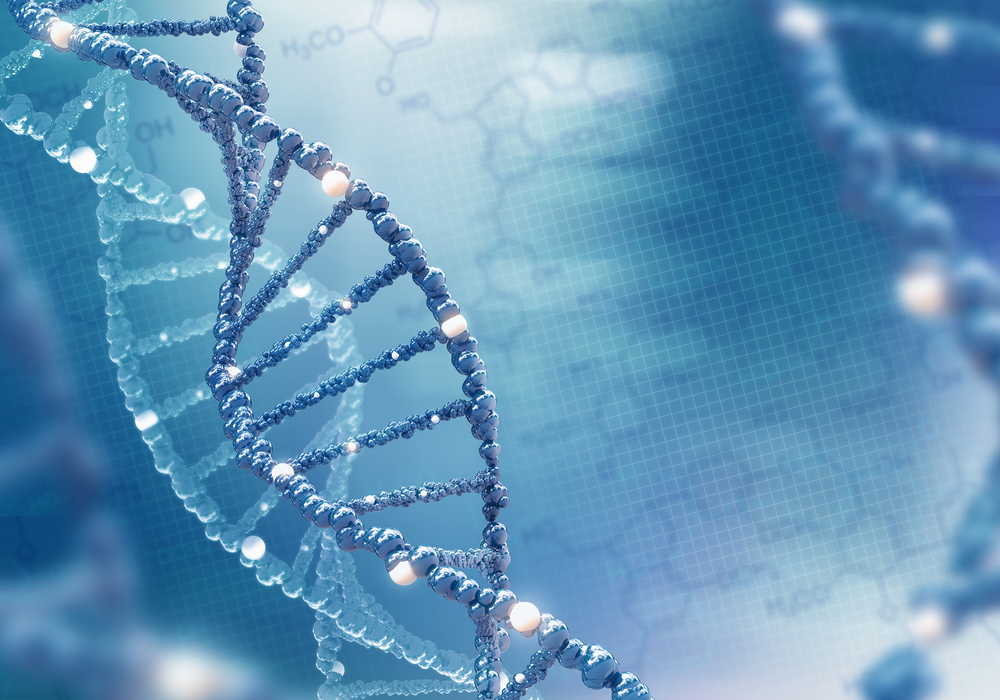Scientists Develop New Method to Produce High Quantities of Viral Vectors for Gene Therapy

Scientists have developed a fast, efficient and economical method to create viral delivery vectors used in gene therapy to deliver modified versions of genes to treat disorders caused by genetic defects, including spinal muscular atrophy (SMA).
The findings were reported in the study, “Production of adeno-associated virus vectors for in vitro and in vivo applications,” and published in Scientific Reports.
Gene therapy is a relatively new approach that has been gaining popularity in clinical practice as a way to treat diseases caused by genetic mutations. It involves delivering a functional version of a gene to correct or replace a faulty gene within specific cells in the body.
In order to deliver the corrected version of the gene to cells, researchers use special viral vectors that work as “carriers.” Adeno-associated viruses, or AAVs, are one of the most used viral vectors in gene therapy due to their ability to infect and deliver the corrected gene to both dividing and non-dividing cells, without causing any harm to patients.
Gene therapy already is being used as a form of SMA treatment. The recent approval of Zolgensma (AVXS-101), a gene therapy co-developed by AveXis and Novartis, for the treatment of all types of SMA in newborns and toddlers up to the age of 2, was a historical landmark that highlighted the potential of AAV-based gene therapies to treat rare genetic disorders.
Ask questions and share your knowledge of Spinal Muscular Atrophy in our forums.
“Most protocols recommend AAV purification from … producer cells, grown in large cell stacks or cell culture factories to obtain sufficient AAVs for animal experiments. However, producer cells also release large quantities of AAV into the culture medium, which often remains unused,” the investigators said.
In this study, researchers from the Boston University School of Medicine (BUSM) described a new protocol that allows them to maximize the quantity of AAVs that can be purified from producer cells and their culture medium in a fast, efficient and economic way.
With the new protocol, which involved several separation and purification laboratory techniques, they managed to obtain up to one milliliter of AAVs at a concentration of 1010–1011 viral genome copies per microliter, using five times less the number of producer cells normally used in conventional protocols.
They also showed the AAVs produced with the new protocol were viable and retained their ability to efficiently infect and deliver modified genes to cells in vitro and in vivo (outside and inside an organism, respectively).
“Our protocol helps to produce AAVs efficiently and economically in regular laboratories so that researchers can easily conduct pre-clinical trials for gene therapy,” Markus Bachschmid, PhD, assistant professor of medicine at BUSM and corresponding author of the study, said in a press release.
“Several labs in the Boston area and Japan have already tested this new protocol and found it useful,” said Reiko Matsui, MD, assistant professor of medicine at BUSM and co-corresponding author of the study. “Our hope is that many laboratories can adapt these procedures to accelerate research and promote gene therapy.”







